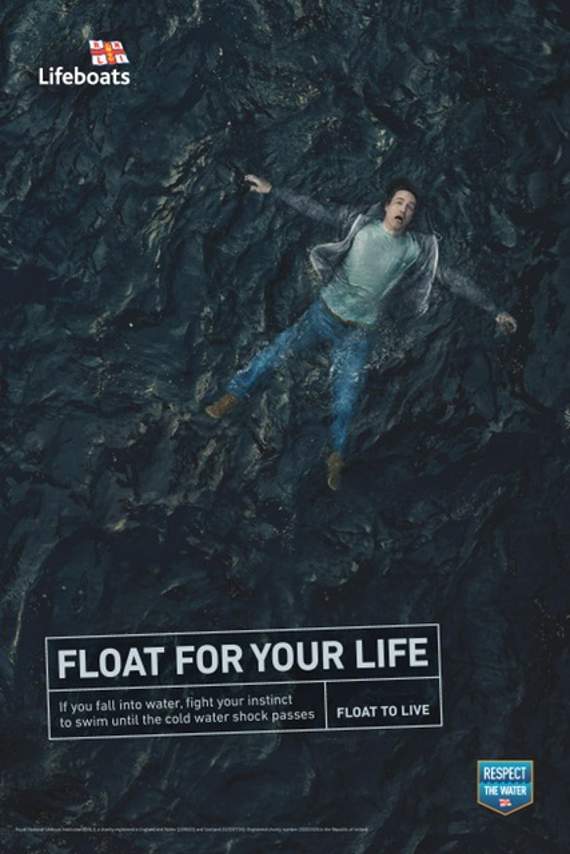The startle pattern, also known as the Moro/ baby panic/ parachute/ fear reflex, affects all swimmers, non- swimmers and swimming teachers to some extent.
In its full form, easily observed in a baby, the reflex manifests as sudden tightening of the neck which forces the head back and down, narrowing the back with arms tensing and opening. This total, involuntary, pattern results in a sharp intake of breath and an increase in heart rate, blood flow and adrenaline. It is physiological preparation for danger.
Swimming is likely to excite the Moro reflex, particularly in non-swimmers, who normally find it difficult to relax and feel a deep need to ‘do’ something to survive. Panicky doing has to be stopped before a learner can be safe and start to make progress.
So non-swimmers need to learn to float, to do nothing, before adding movement of arms and legs without fighting the water.
But because overdoing it is such a typical human response in water, the fight or flight tendency doesn’t disappear in confident swimmers. It continues to lurk, inconveniently, beneath the surface, creeping in and influencing our movements, often without our awareness.
Swimming competently on the front involves moving forward underwater and manoeuvering our head out to breathe with help from our arms. It’s a challenge to do this without unhelpful reflex behaviour appearing in some form.
The RNLI currently have a campaign, Float to Live, to inform people that floating, not swimming, saves people who find themselves stranded in deep water.
The truth of this message might go beyond situations where rescue from a lifeboat or lifeguard may be needed.
If the deep waters we find ourselves in are those of everyday life, floating might help save us then too, even in the shallow end.


